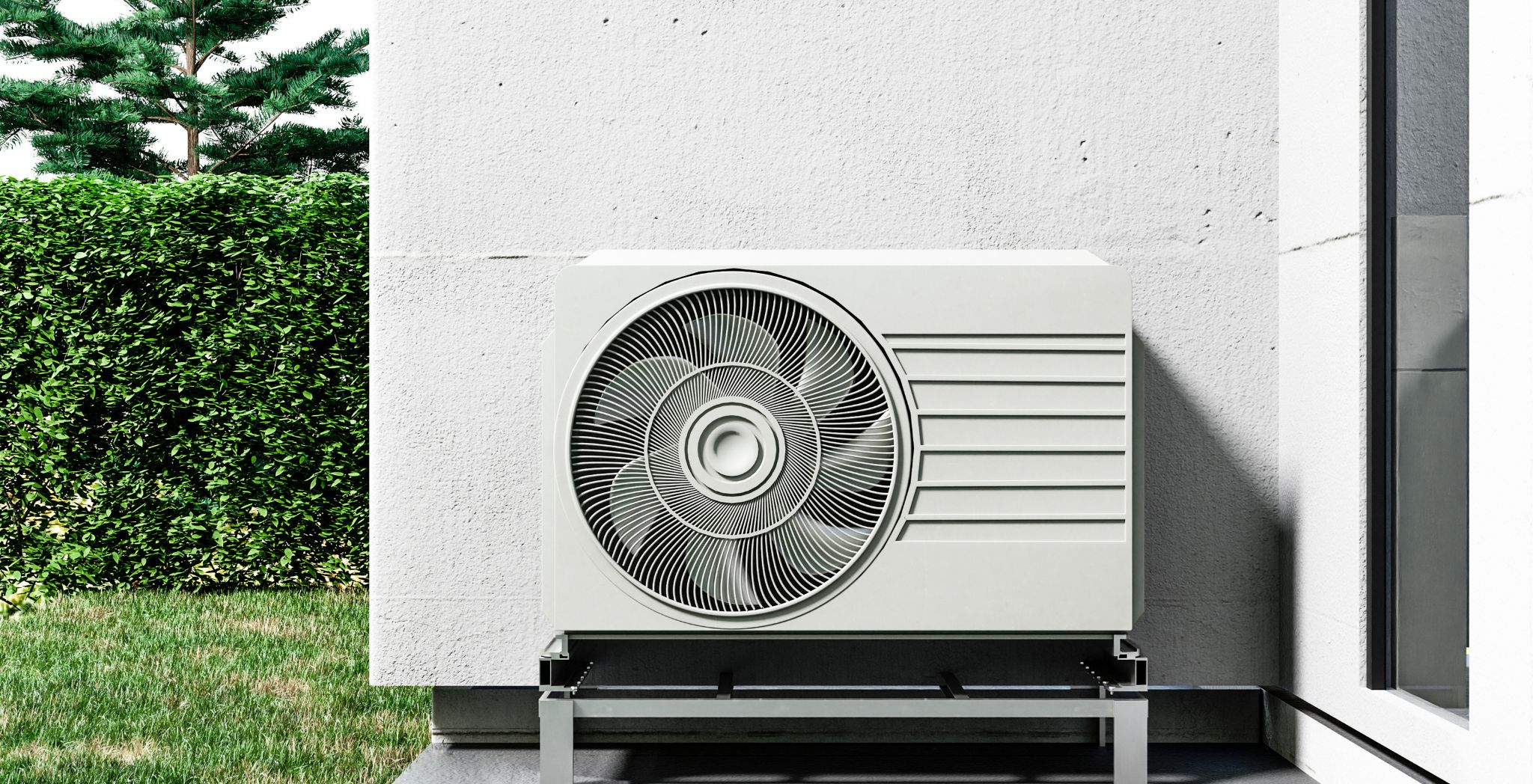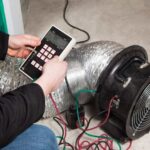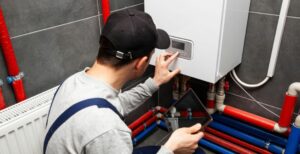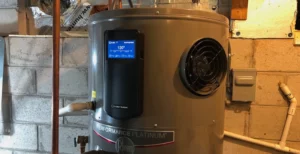As energy efficiency becomes increasingly paramount in our homes and workplaces, the adoption of mini split air conditioning systems for cooling and heating purposes has surged.
Known for their versatility and efficiency, mini splits offer a compelling solution for those looking to enhance their climate control.
This blog delves into the efficiency of mini split ACs when used for heating, exploring various aspects contributing to their performance.
1. What is Mini Split Heating

Mini-split heating, a key component of split system heating and cooling, utilizes ductless AC mini-split systems to deliver efficient warmth to indoor spaces.
These systems, integral to a mini split AC system, feature an outdoor compressor/condenser unit paired with one or more indoor air-handling units linked by a conduit.
This innovative design allows mini splits to function effectively without extensive ductwork, making them perfect for retrofitting older structures or heating in new additions.
2. Seasonal Energy Efficiency Ratio (SEER) Rating

The SEER rating is a crucial metric for evaluating the cooling efficiency of air conditioning units, including ductless AC heating and cooling systems, throughout a typical cooling season.
Although SEER is primarily linked to cooling performance, a higher SEER rating indicates a unit’s superior overall energy conversion efficiency. This enhanced efficiency benefits cooling and significantly impacts the heating efficiency of ductless AC systems.
Consequently, the SEER rating becomes essential when considering ductless ac heating and air solutions, highlighting the system’s ability to provide energy-efficient heating and cooling.
This dual efficiency makes ductless air conditioning and cooling systems an attractive option for optimizing their home’s energy usage and ensuring a comfortable indoor environment year-round.
3. HSPF Ratings
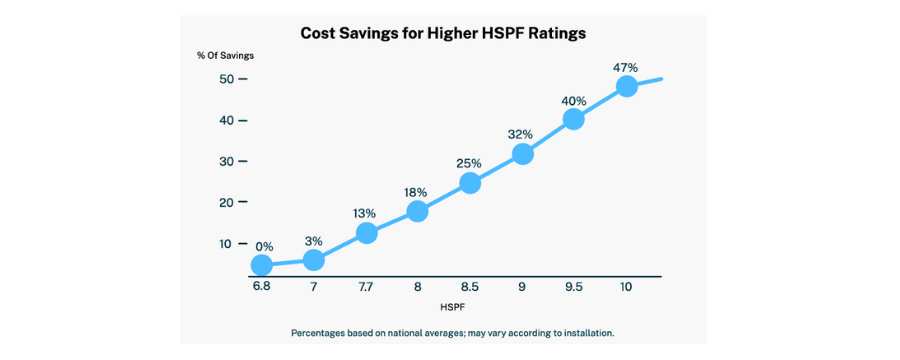
The Heating Seasonal Performance Factor (HSPF) is the counterpart to SEER for heating performance.
It measures the heat pump’s efficiency (which mini splits use) in converting electricity into heating over the heating season. A higher HSPF rating signifies greater efficiency.
4. Inverter Technology
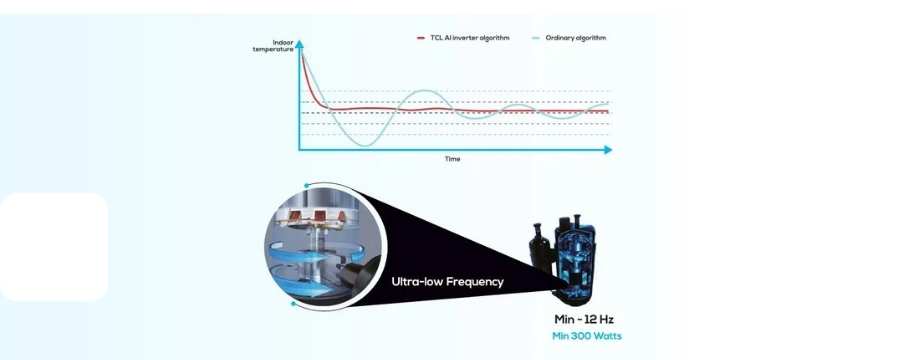
Modern mini splits often incorporate inverter technology, allowing the compressor to adjust its speed dynamically.
This technology ensures that the system operates efficiently by maintaining consistent temperatures without the frequent on-off cycling of traditional systems.
5. Variable Speed Compressors
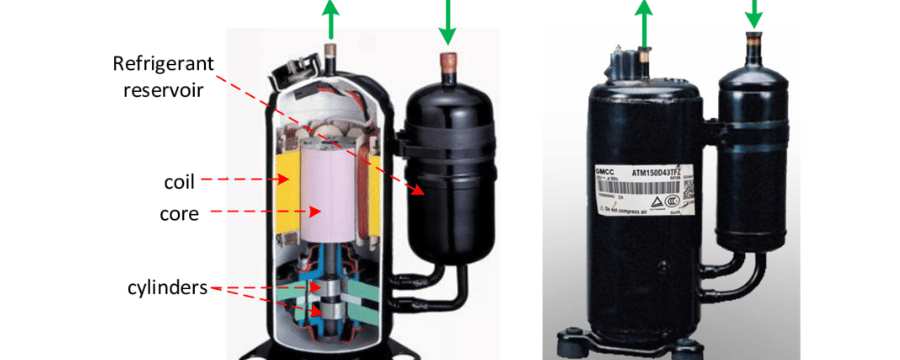
Variable speed compressors can adjust their output to match the heating demand, significantly improving efficiency.
This leads to reduced energy consumption and lower utility bills, as the system avoids the energy-intensive start-stop cycles of fixed-speed compressors.
6. Zoning Capabilities
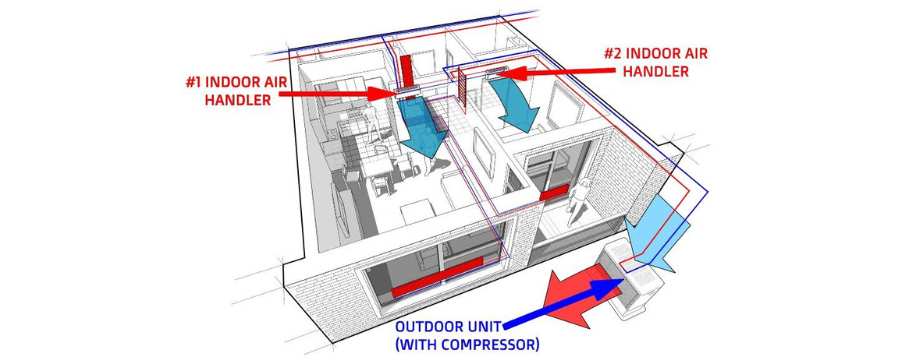
Mini-splits excel in zoning capabilities, allowing different home areas to be heated to varying degrees.
This targeted heating ensures energy is well-spent on unoccupied or less frequented spaces, enhancing overall efficiency.
7. Heat Pump Operation

Heat Pump Operation in Mini Splits Mini-split systems, renowned for their dual functionality in mini-split heating and cooling, predominantly operate as heat pumps.
This innovative approach involves extracting heat from the external environment and channelling it indoors, a process that epitomizes the essence of a ductless mini-split.
Such systems utilize the ambient air’s thermal energy, making them an exceptionally efficient option for climate control, particularly in areas with mild to moderate temperatures.
The versatility of mini splits extends to various models, including small heat pumps designed for less spacious areas and high SEER mini split units offering superior energy efficiency.
These systems, often called split-level AC or AC-split-type ductless systems, are equipped with split heat pumps that excel in heating and cooling, adapting to the seasonal demands of indoor spaces.
Implementing mini splits as heat pumps highlights their capability to provide a sustainable and efficient heating solution, bypassing the need for conventional heating methods that rely on combustion or electrical resistance.
This efficiency is further enhanced in systems characterized by a high SEER rating, ensuring users benefit from reduced energy consumption and lower operational costs.
Mini splits, with their compact size and potent performance, stand as a testament to the advancements in ductless heating and cooling technology, offering a versatile and energy-efficient solution for modern living spaces.
Moreover, mini splits contribute to improving Indoor Air Quality and Efficiency with Heat Recovery Ventilators (HRVs), as they facilitate the exchange of stale indoor air with fresh outdoor air while recovering the heat energy from the outgoing air.
This not only ensures a constant supply of fresh air but also helps maintain comfortable indoor temperatures, thereby enhancing the overall indoor environment.
8. Cold Climate Performance
Advancements in mini-split technology have significantly improved their performance in cold climates. Modern units can extract heat
from outdoor air even at very low temperatures, making them a viable primary heating source in diverse climates.
9. Insulation and Air Sealing
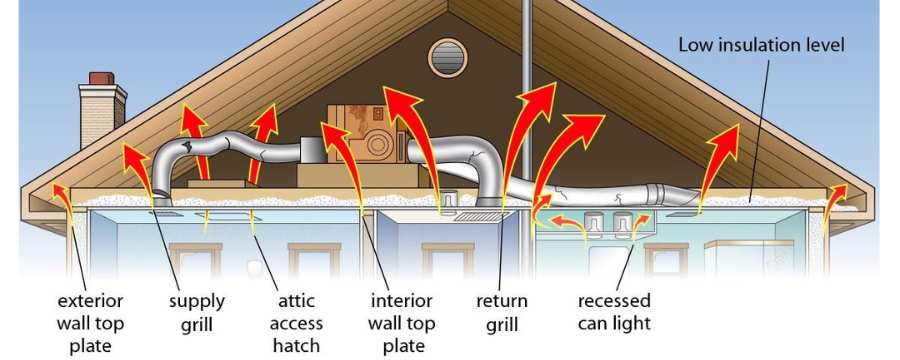
The efficiency of a mini-split system can be significantly influenced by the building’s insulation and air sealing. Adequately insulated
and sealed homes require less heating, allowing mini splits to operate at peak efficiency.
10. Installation Quality
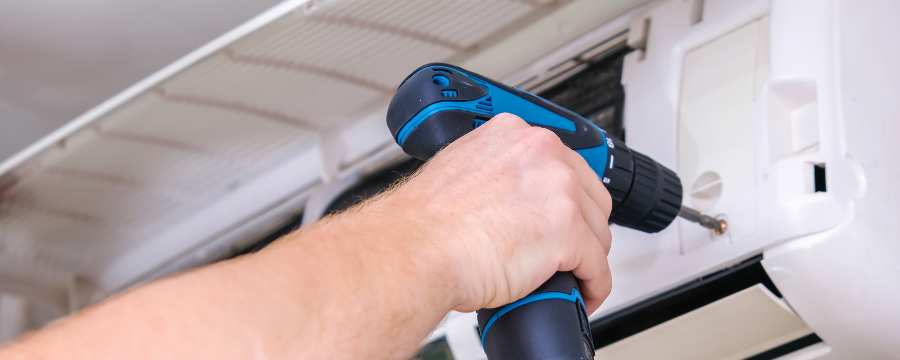
The efficiency and effectiveness of mini-split systems heavily depend on the installation quality. Incorrect sizing or placement can lead
to inefficiencies, underscoring the importance of professional installation.
11. Maintenance Considerations

Regular maintenance, such as cleaning filters and checking refrigerant levels, is crucial for maintaining the efficiency of mini-split
systems. Neglect can lead to decreased performance and higher energy consumption.
12. Energy Saving Features
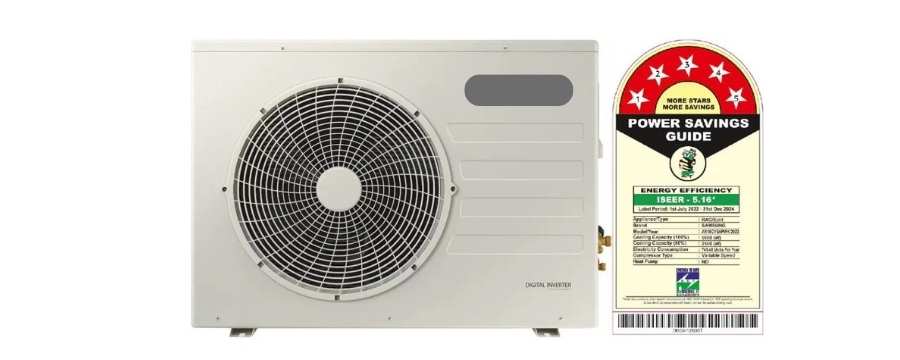
Many mini-splits come equipped with features such as programmable thermostats, sleep modes, and eco-friendly settings that
contribute to their energy efficiency, helping users save on heating costs.
13. Comparative Analysis
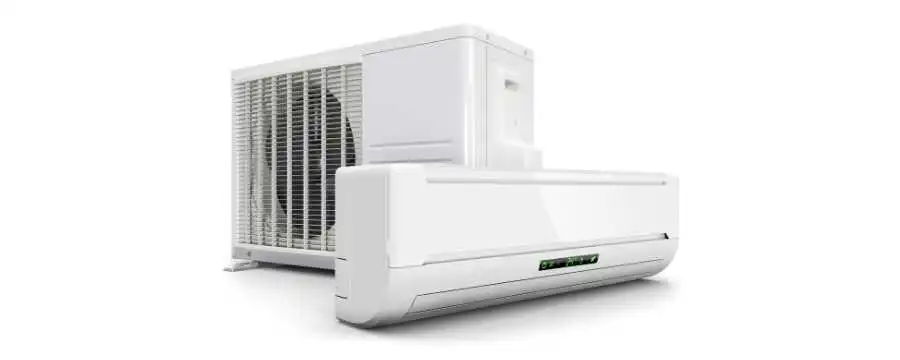
Compared to traditional heating systems like forced air furnaces or baseboard heating, mini splits often offer superior efficiency due to
their ductless design, inverter technology, and precise temperature control.
14. Real-World Efficiency Examples
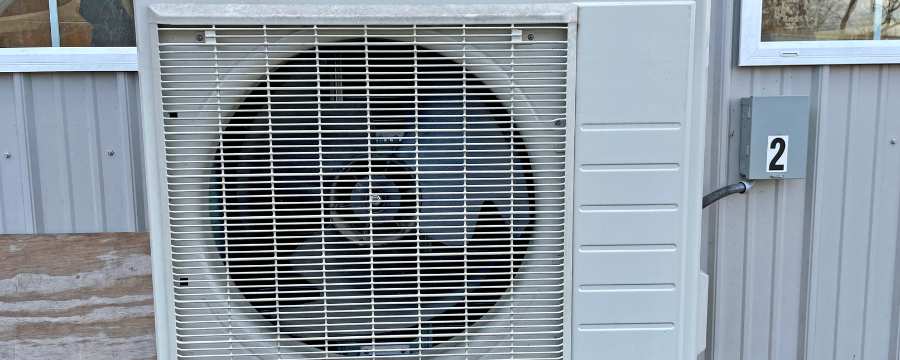
Case studies and consumer reports frequently highlight the significant energy savings achieved with mini-split systems, often noting
energy use and costs are reduced by 30% or more compared to conventional heating methods.
15. Future Trends and Innovations

The future of mini-split systems looks promising, with ongoing innovations aimed at enhancing efficiency, expanding low-temperature
heating capabilities, and integrating with smart home technologies for even greater control and energy savings.
Conclusion
Mini split ACs stand out as highly efficient solutions for heating, offering a combination of advanced technology, flexible installation options, and user-friendly features.
For new constructions, retrofits, or as supplements to existing heating systems, mini splits offer a compelling choice for those prioritizing energy efficiency and comfort.
For those in Victoria, BC, looking to explore mini split heating and cooling solutions, LIFEMECHANICAL is your go-to provider.
With a commitment to quality and customer satisfaction, we offer expert advice, installation, and maintenance services to ensure your mini-split system operates at peak efficiency.
Contact us at 250 418 5139 to discuss how we can enhance your home’s heating and cooling efficiency with the latest in mini split technology.

